Home>Gardening & Outdoor>Landscaping Ideas>How To Put Out A Grass Fire
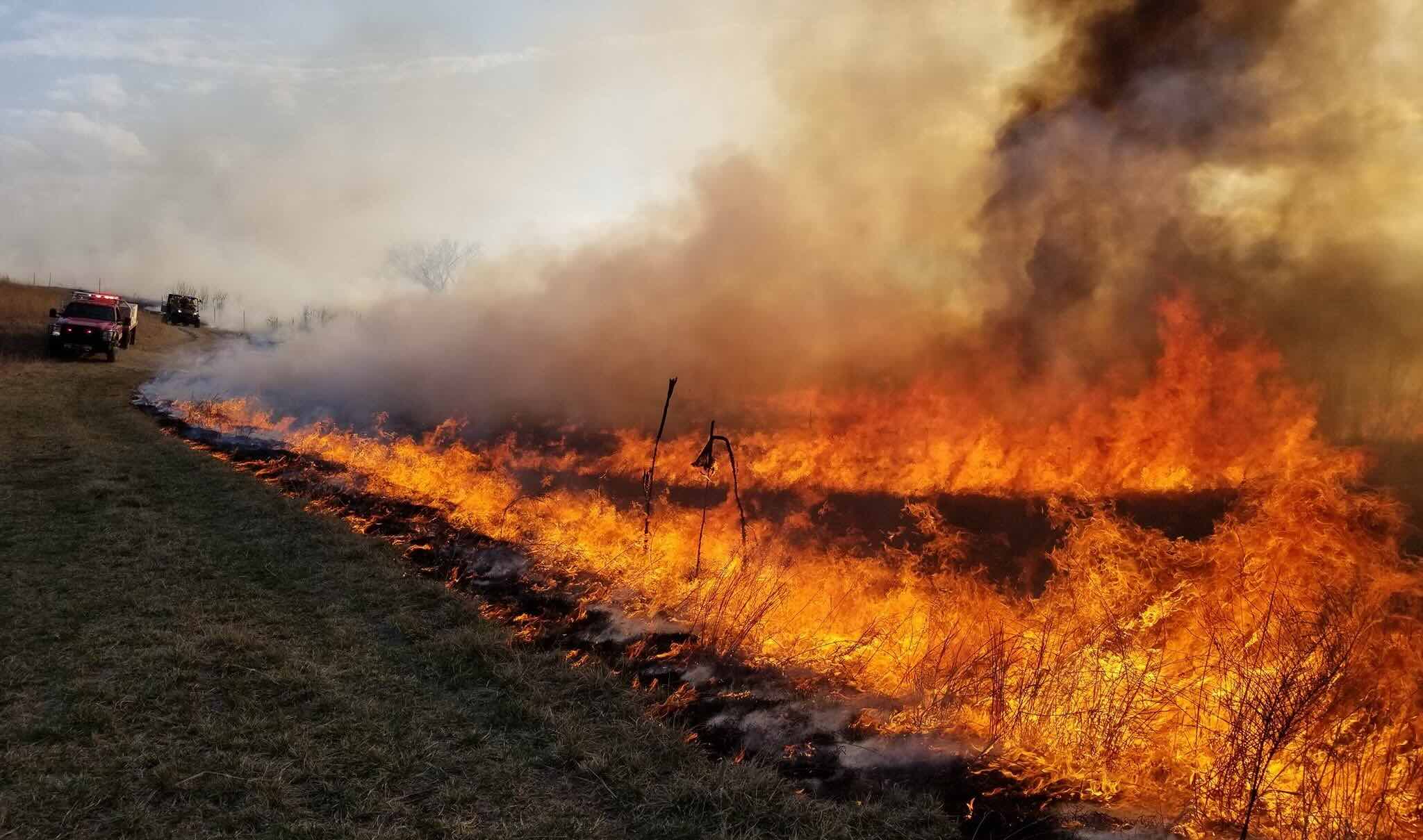

Landscaping Ideas
How To Put Out A Grass Fire
Published: January 26, 2024
Learn effective landscaping ideas to put out a grass fire and protect your property. Follow these tips to prevent and manage fire hazards in your yard.
(Many of the links in this article redirect to a specific reviewed product. Your purchase of these products through affiliate links helps to generate commission for Storables.com, at no extra cost. Learn more)
Introduction
Welcome to the world of landscaping, where the beauty of nature meets the artistry of design. While landscaping brings joy and tranquility to outdoor spaces, it’s important to be aware of potential hazards, such as grass fires. As a landscaping enthusiast, understanding how to prevent and handle grass fires is crucial for ensuring the safety of your outdoor environment.
In this comprehensive guide, we will delve into the nuances of grass fires, exploring the essential safety precautions, necessary equipment, and effective strategies for extinguishing these fires. By equipping yourself with this knowledge, you’ll be well-prepared to protect your landscaping from the threat of grass fires and preserve the natural beauty of your outdoor oasis.
Key Takeaways:
- Grass fires can be prevented by maintaining a defensible space, regular upkeep, and fire-resistant landscaping materials. Stay informed about fire danger ratings and weather conditions to reduce the risk of ignition.
- When facing a grass fire, prioritize personal safety and use water, firefighting tools, and vigilance to extinguish the fire. Implement proactive measures to prevent future fires and create a safer outdoor environment.
Read more: How To Put Out A Chimney Fire
Understanding Grass Fires
Grass fires, also known as wildland fires or brush fires, are a common occurrence in many outdoor environments. These fires can spread rapidly, fueled by dry vegetation, high temperatures, and wind. Understanding the factors that contribute to grass fires is essential for effectively managing and preventing them.
During dry seasons, grass and other vegetation can become highly flammable, creating the perfect conditions for a fire to ignite and spread. Additionally, human activities such as discarded cigarettes, unattended campfires, or equipment use near dry grass can inadvertently trigger these fires. Lightning strikes are another natural cause of grass fires, especially in areas prone to thunderstorms.
Grass fires pose a significant risk to landscaping and can result in extensive damage to property and natural habitats. The rapid spread of these fires can also endanger wildlife and pose a threat to human safety. Therefore, it’s crucial to be vigilant and proactive in addressing the potential for grass fires in outdoor spaces.
By understanding the nature of grass fires and the conditions that contribute to their occurrence, landscaping enthusiasts can take proactive measures to mitigate the risk and protect their outdoor environments from this formidable threat.
Safety Precautions
When it comes to landscaping and outdoor maintenance, prioritizing safety is paramount, especially in the face of potential grass fires. Implementing a set of comprehensive safety precautions can significantly reduce the risk of fires and ensure the well-being of both your property and the surrounding environment.
One of the most fundamental safety measures is to maintain a defensible space around your landscaping. This involves creating a buffer zone by clearing away dry vegetation, dead leaves, and other flammable materials from the immediate vicinity of your property. By reducing the presence of combustible materials, you can minimize the likelihood of a grass fire spreading to your landscaping.
Regularly inspecting and maintaining your outdoor space is also crucial. This includes keeping your lawn well-watered and mowed, as shorter, hydrated grass is less prone to ignition. Additionally, pruning trees and shrubs to remove dead or overhanging branches can help prevent fires from spreading vertically into the canopy.
Furthermore, exercising caution during outdoor activities is essential for fire prevention. Whether it’s using outdoor equipment, grilling, or enjoying a bonfire, always follow local regulations and guidelines. Never leave fires unattended, and ensure that they are fully extinguished before leaving the area. Properly disposing of smoking materials and refraining from outdoor burning during dry, windy conditions are also vital safety measures.
Equipping your property with fire-resistant landscaping materials and structures can serve as an effective safeguard against grass fires. Utilizing non-combustible mulches, strategically placing fire-retardant plants, and installing fire-resistant fencing can create a protective barrier around your outdoor space.
By integrating these safety precautions into your landscaping practices, you can fortify your property against the threat of grass fires and contribute to a safer outdoor environment for both yourself and your community.
If you encounter a grass fire, try to smother it by using a blanket, tarp, or even dirt to cut off its oxygen supply. Avoid using water, as it can spread the fire. If the fire is too big to handle, call for help immediately.
Equipment Needed
Equipping yourself with the right tools and resources is essential for effectively managing and extinguishing grass fires. Whether you’re a landscaping enthusiast or a property owner, having the appropriate equipment on hand can make a significant difference in your ability to respond to fire emergencies swiftly and decisively.
One of the most critical pieces of equipment for addressing grass fires is a reliable water source. This can include access to a garden hose, sprinkler system, or water storage containers. Ensuring that your water source is easily accessible and functional is crucial for promptly dousing small fires and preventing them from spreading.
In addition to water, having a collection of firefighting tools is highly recommended. These tools may include shovels, rakes, and fire beaters, which can be used to smother flames, clear vegetation, and create firebreaks. Keeping these tools in an easily accessible location, such as a designated firefighting kit, can streamline your response in the event of a grass fire.
For larger properties or areas with heightened fire risk, investing in a portable fire pump or backpack sprayer can significantly enhance your firefighting capabilities. These devices allow for the efficient distribution of water, enabling you to tackle fires in remote or challenging terrain where traditional water sources may be limited.
Furthermore, it’s essential to have personal protective equipment (PPE) readily available. This may include fire-resistant clothing, gloves, goggles, and dust masks to safeguard against smoke and airborne particles. Prioritizing the safety of individuals involved in firefighting efforts is paramount, and having the appropriate PPE can mitigate the risks associated with combating grass fires.
Lastly, consider incorporating a fire extinguisher into your outdoor equipment inventory. While primarily intended for addressing small, contained fires, a fire extinguisher can serve as an additional layer of defense against unexpected flare-ups or ignition sources in outdoor spaces.
By assembling a comprehensive array of firefighting equipment and resources, you can bolster your preparedness for addressing grass fires and minimize the potential impact of these incidents on your landscaping and property.
Putting Out the Fire
When confronted with a grass fire, swift and effective action is crucial for minimizing its impact and preventing further spread. Understanding the steps involved in extinguishing a grass fire can empower you to respond confidently and decisively in the event of an emergency.
The first and most important step in addressing a grass fire is to prioritize personal safety. Assess the size and intensity of the fire, and ensure that you have a clear escape route in case the situation escalates. If the fire is small and manageable, proceed with caution and begin the extinguishment process without putting yourself at undue risk.
Utilizing a water source, such as a garden hose or portable water containers, start by dousing the leading edge of the fire. This involves spraying water in the direction of the flames, working from the outer perimeter towards the center of the fire. By targeting the advancing edge, you can impede the fire’s progress and prevent it from spreading further.
In cases where the fire is more substantial or inaccessible by traditional means, employing firefighting tools such as shovels and rakes can be invaluable. Use these tools to smother flames by covering burning vegetation with soil, or to create firebreaks by clearing away combustible materials in the fire’s path.
For larger or more persistent fires, a portable fire pump or backpack sprayer can be instrumental in delivering a concentrated stream of water to the heart of the blaze. This approach is particularly effective for reaching remote or rugged terrain where conventional water sources may be impractical.
Throughout the extinguishment process, remain vigilant and attentive to any signs of re-ignition or flare-ups. Thoroughly soak the affected area and surrounding vegetation to prevent smoldering embers from reigniting the fire. Once the flames have been fully extinguished, continue monitoring the area to ensure that the fire does not rekindle.
After successfully extinguishing the fire, take the time to assess the surrounding landscape for potential hazards or lingering hot spots. Address any remaining sources of heat and implement preventive measures to reduce the risk of future fires in the area.
By following these steps and employing a proactive approach to fire suppression, you can effectively combat grass fires and safeguard your landscaping from the destructive impact of these incidents.
Read more: How To Put Out Fire In Fireplace
Preventing Future Fires
While knowing how to extinguish a grass fire is essential, implementing proactive measures to prevent future fires is equally critical. By adopting a comprehensive fire prevention strategy, you can significantly reduce the risk of fire-related incidents and safeguard your landscaping and outdoor environment.
Regular maintenance and upkeep of your outdoor space play a pivotal role in fire prevention. This includes keeping your lawn well-watered and trimmed, as shorter, hydrated grass is less susceptible to ignition. Additionally, promptly removing dry leaves, fallen branches, and other combustible debris from your property can mitigate the risk of fire ignition and spread.
Creating a defensible space around your landscaping is a fundamental aspect of fire prevention. Clearing away flammable vegetation, creating firebreaks, and strategically placing fire-resistant plants can help impede the spread of fires and protect your property from potential threats.
Implementing fire-resistant landscaping materials and structures can serve as a proactive defense against the risk of fires. Utilize non-combustible mulches, select fire-retardant plants, and consider incorporating hardscaping elements such as gravel pathways and stone borders to create fire-resistant zones within your outdoor space.
Practicing responsible fire safety habits is essential for preventing accidental ignitions. Always adhere to local regulations and guidelines regarding outdoor burning, campfires, and equipment use. Properly dispose of smoking materials, refrain from outdoor burning during dry or windy conditions, and exercise caution when using outdoor equipment that may pose a fire risk.
Staying informed about weather conditions and fire danger ratings in your area is crucial for proactive fire prevention. During periods of heightened fire risk, such as droughts or heatwaves, take extra precautions to reduce potential ignition sources and limit outdoor activities that could pose a fire hazard.
Educating yourself and your community about fire prevention and preparedness can contribute to a collective effort in mitigating the risk of grass fires. By fostering a culture of awareness and proactive fire safety practices, you can help create a safer outdoor environment for everyone.
By integrating these preventive measures into your landscaping and outdoor maintenance routines, you can significantly reduce the likelihood of grass fires and contribute to the long-term protection and preservation of your outdoor oasis.
Frequently Asked Questions about How To Put Out A Grass Fire
Was this page helpful?
At Storables.com, we guarantee accurate and reliable information. Our content, validated by Expert Board Contributors, is crafted following stringent Editorial Policies. We're committed to providing you with well-researched, expert-backed insights for all your informational needs.
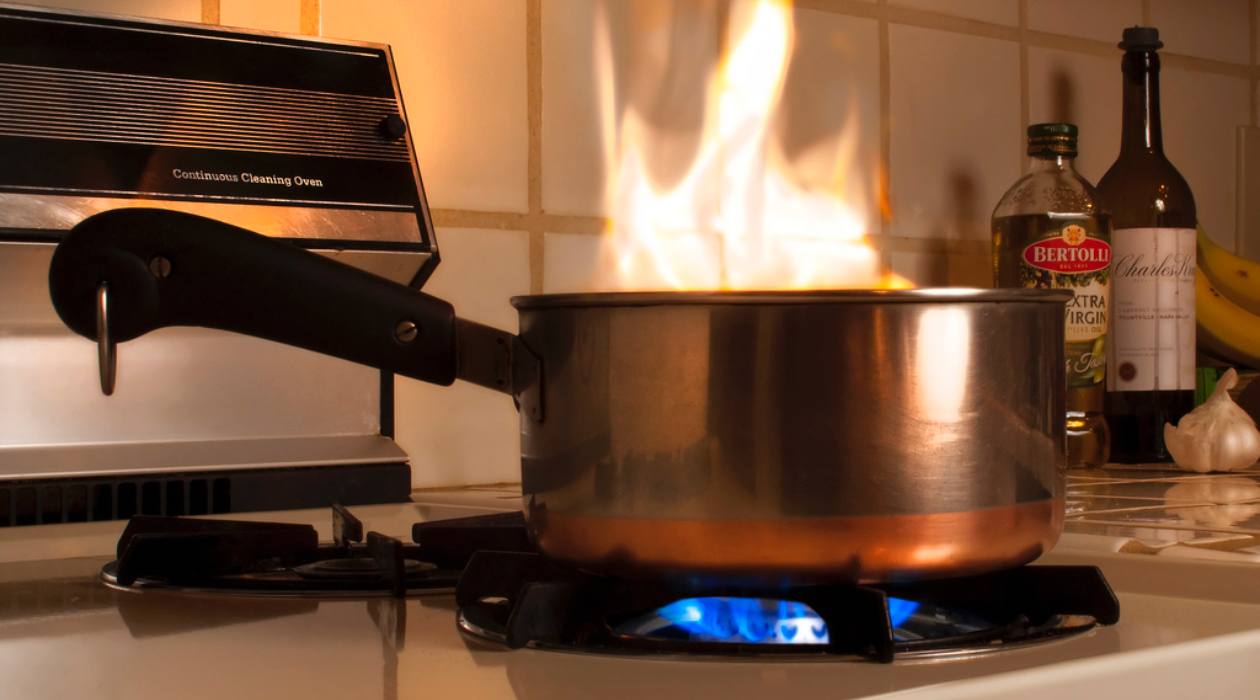
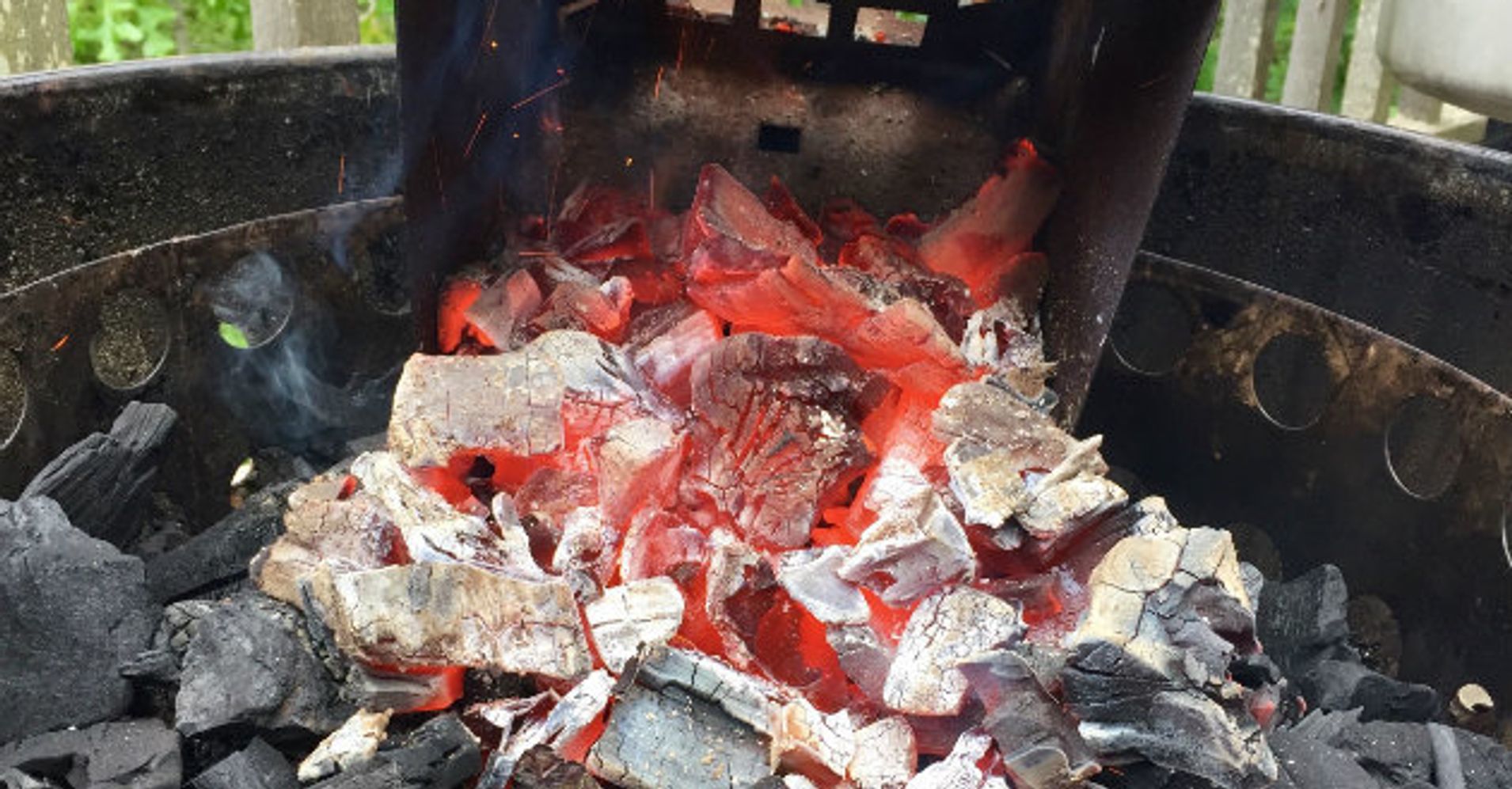
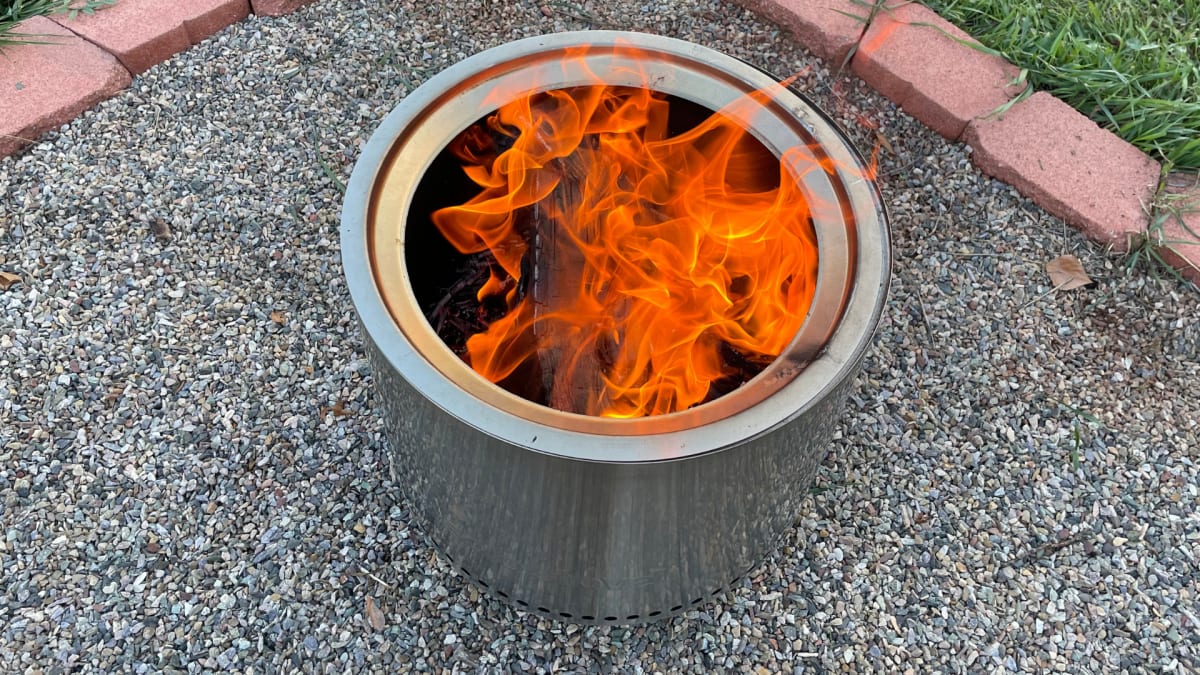
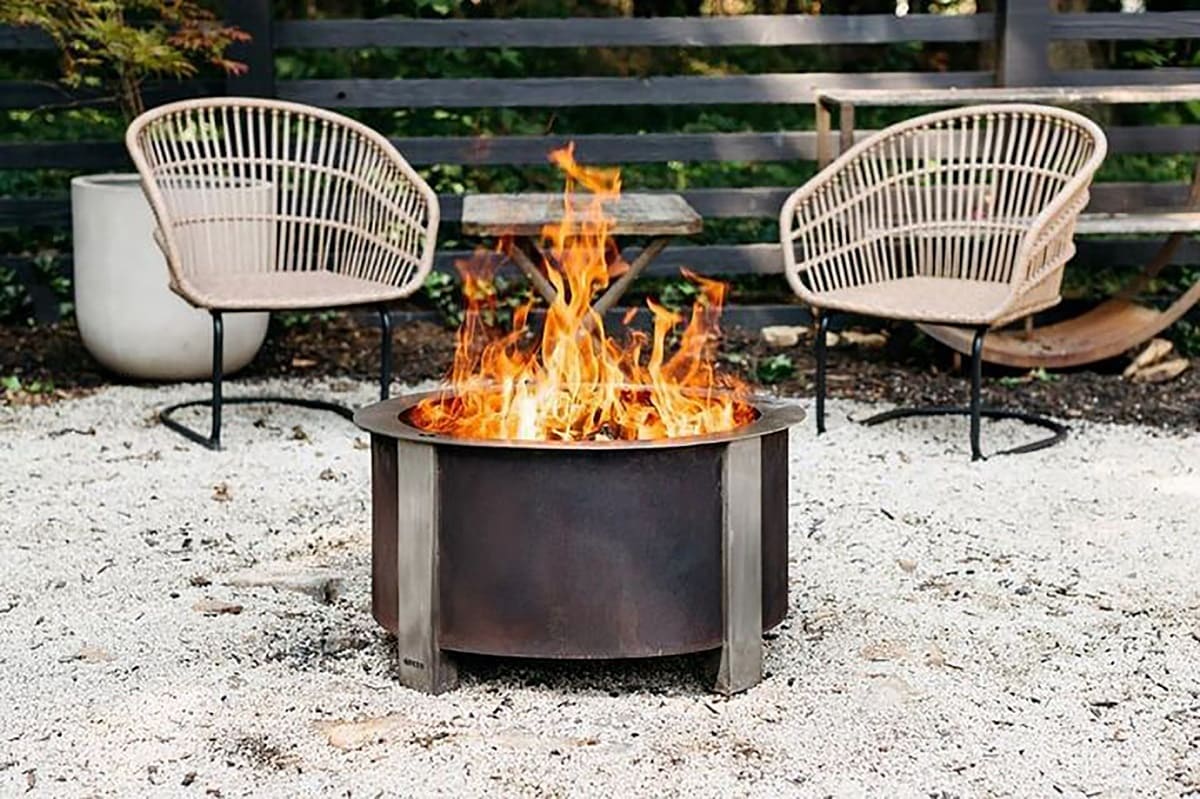

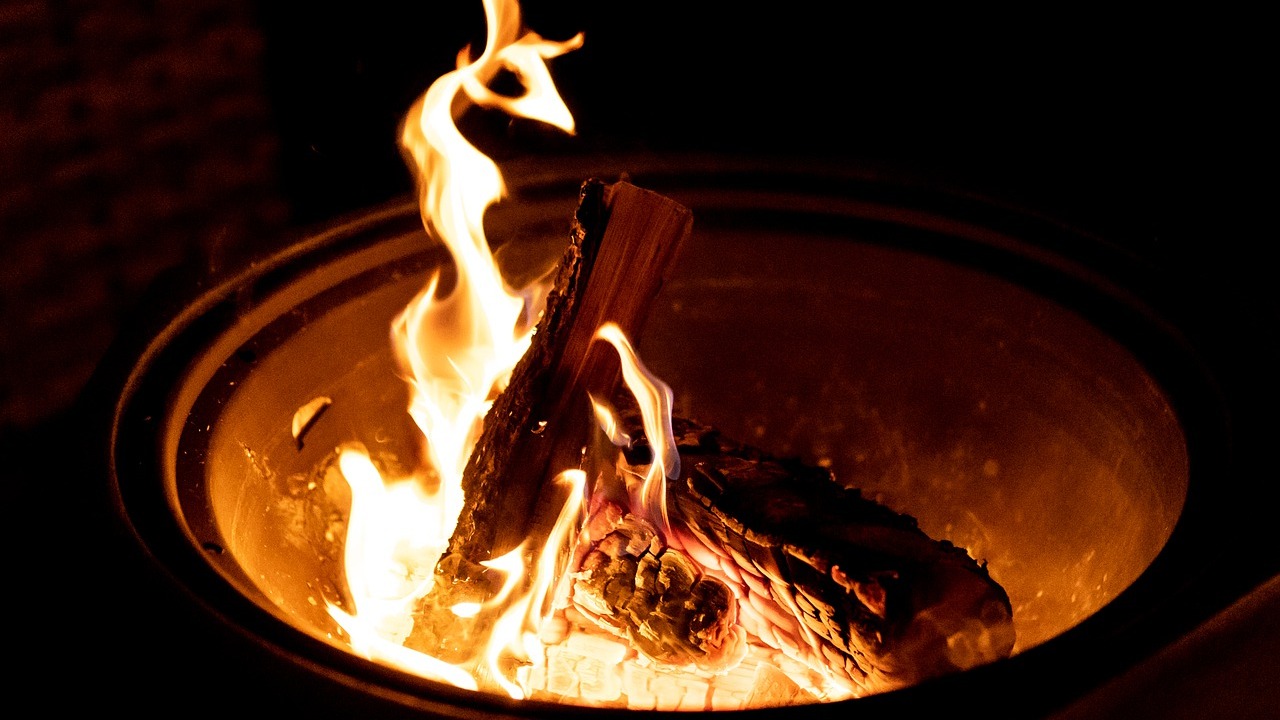
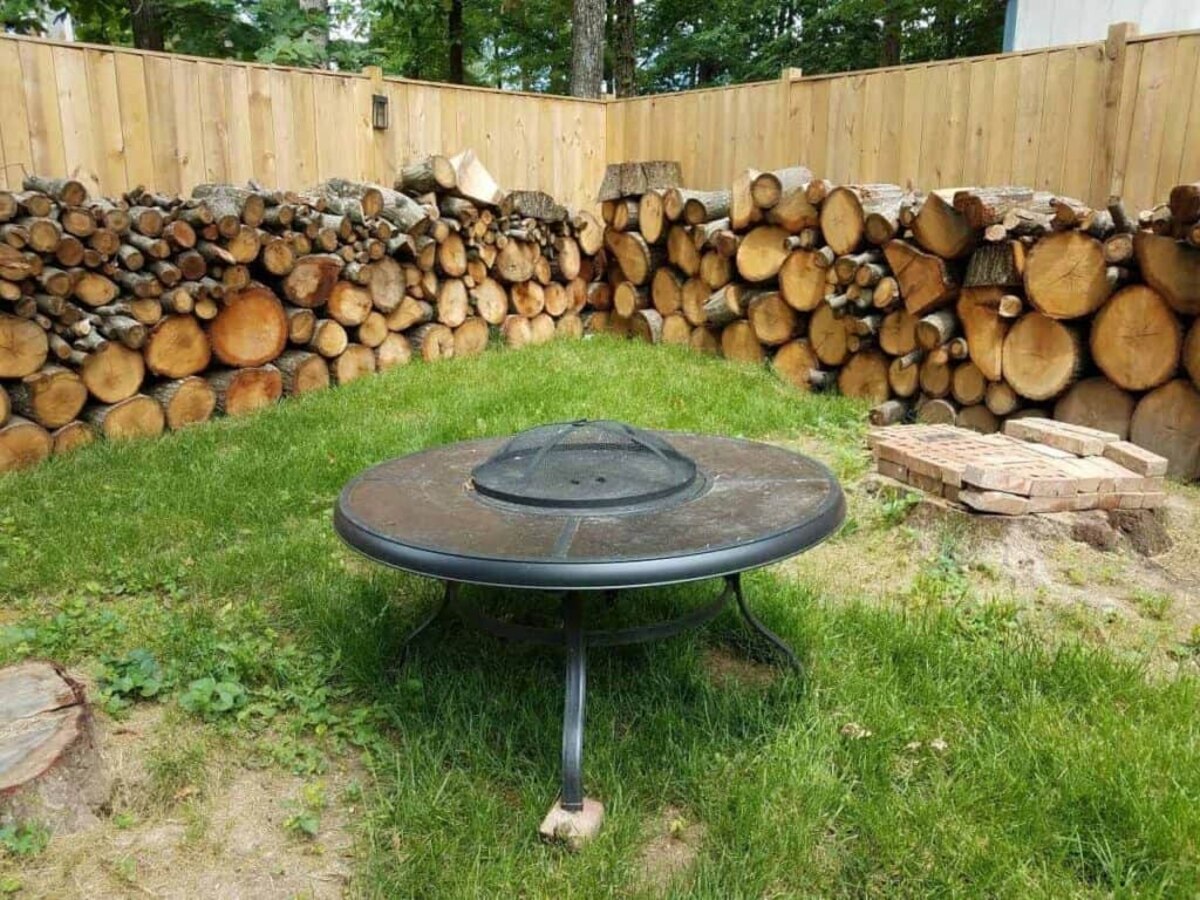
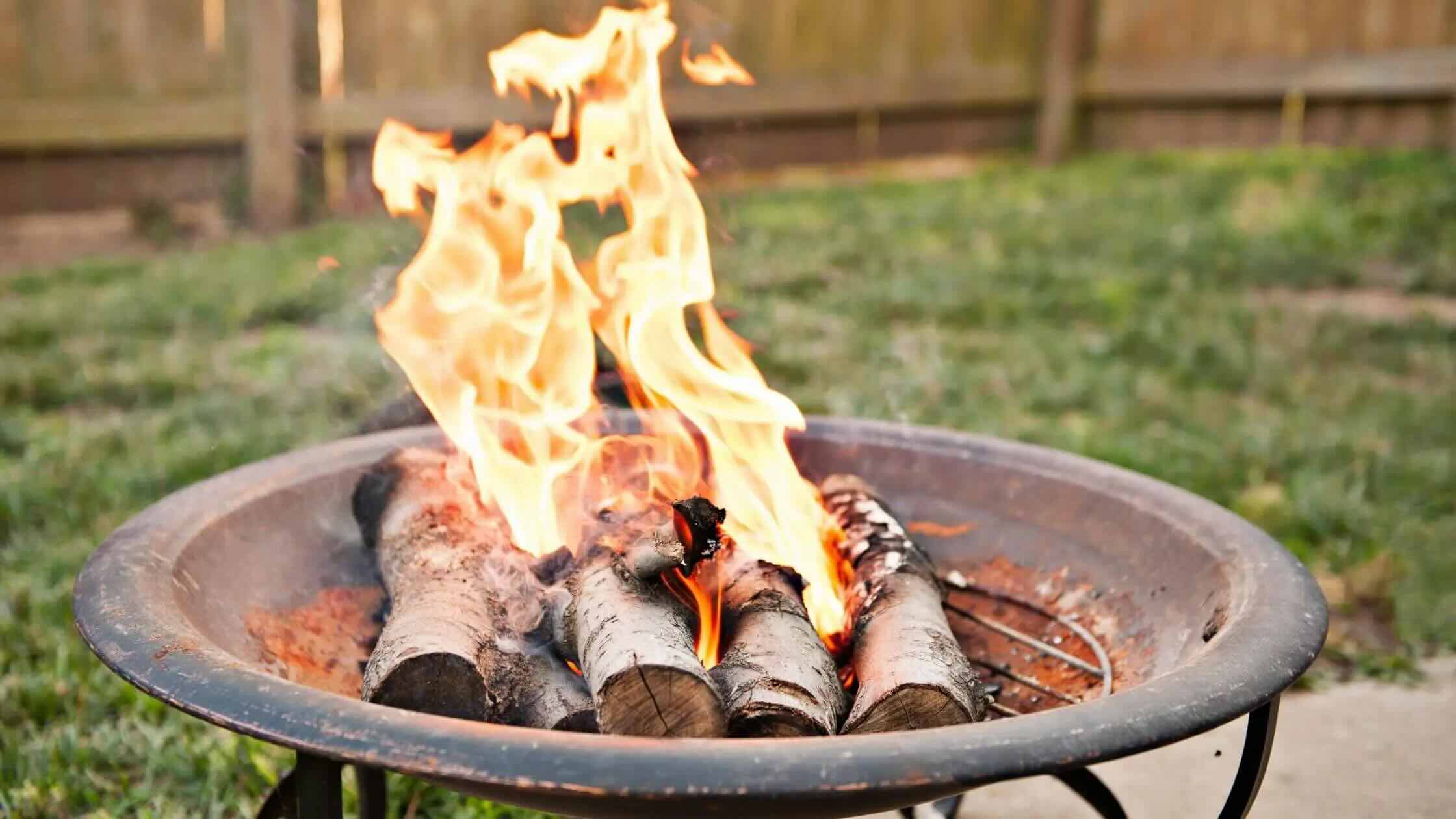

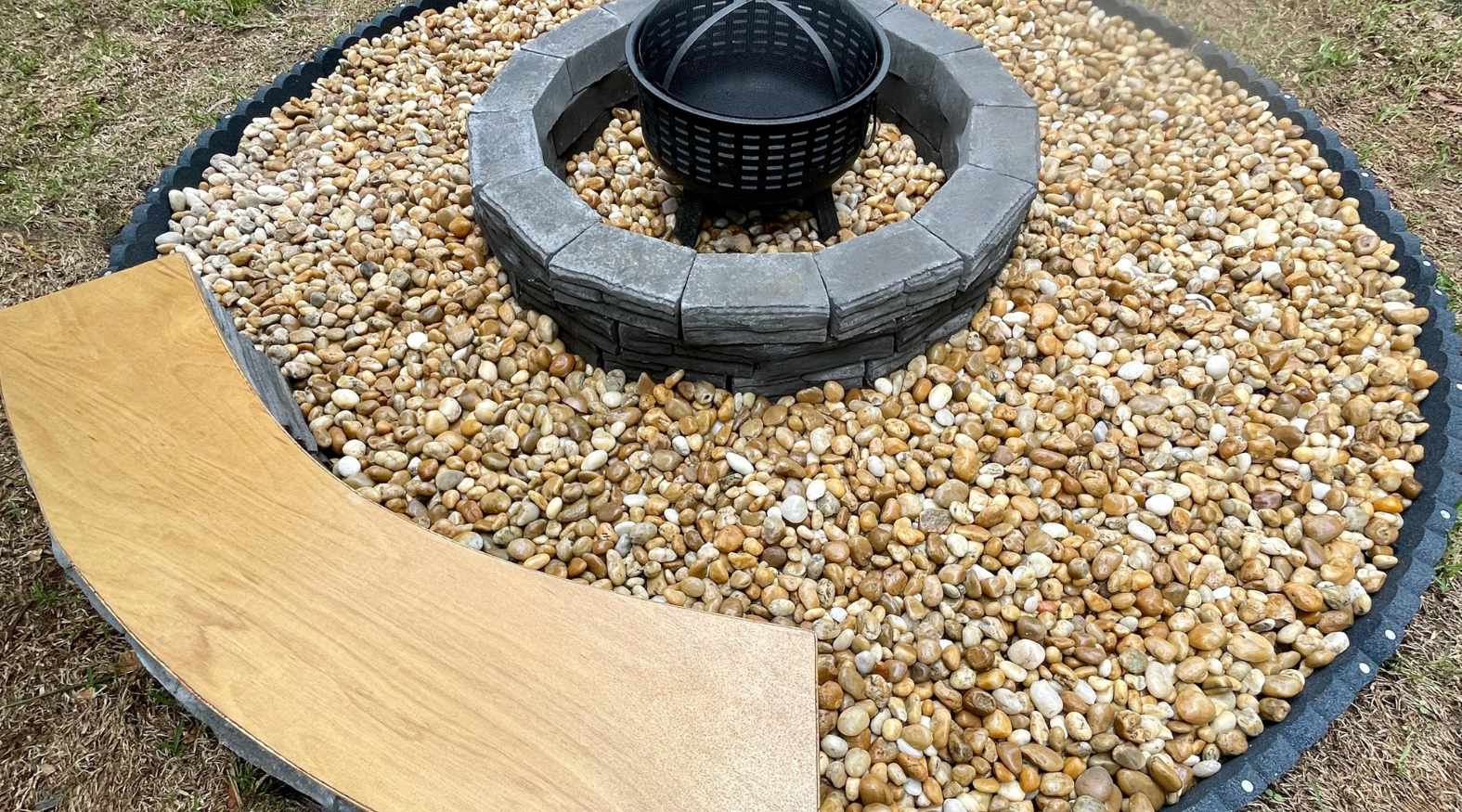
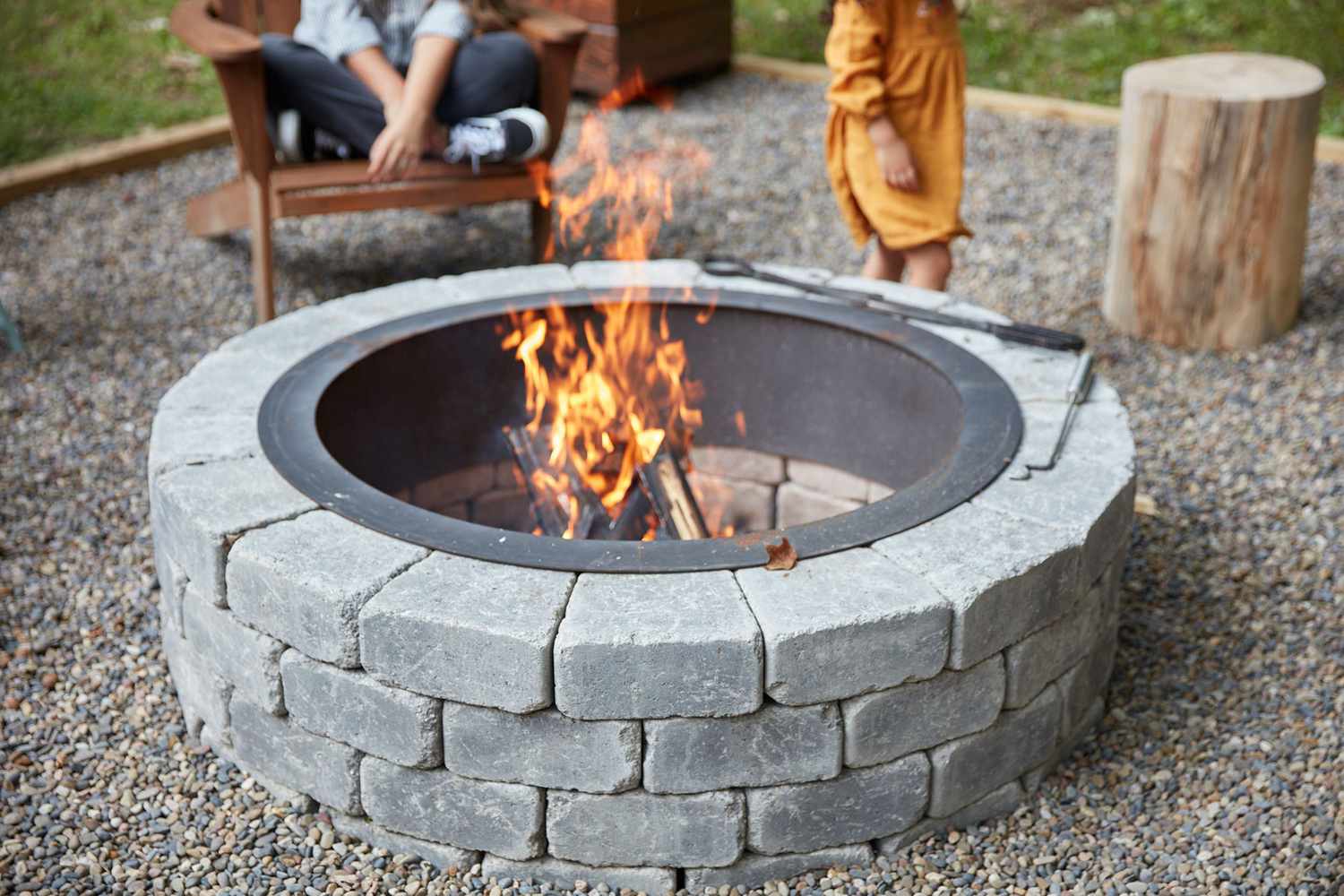
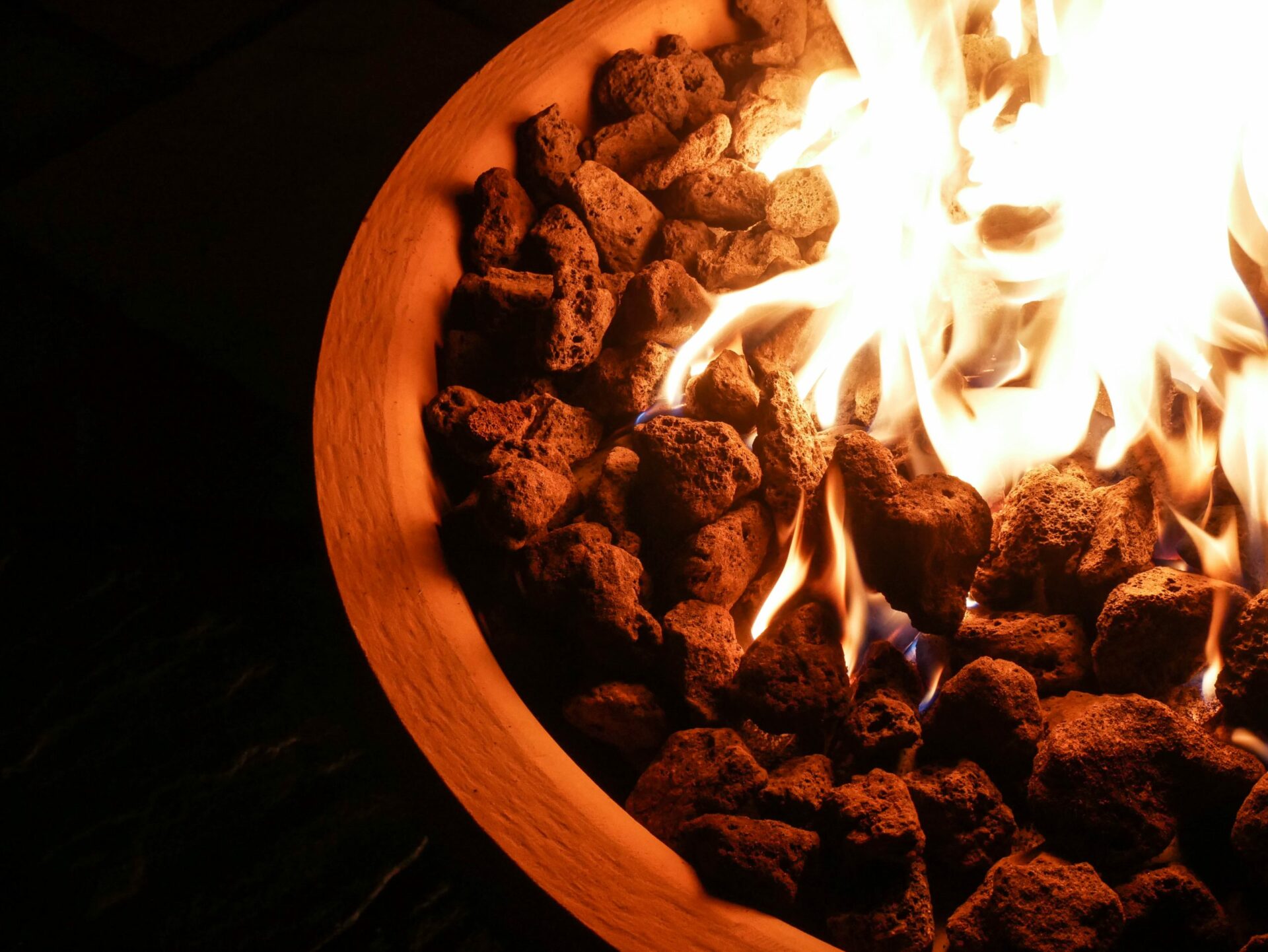



0 thoughts on “How To Put Out A Grass Fire”